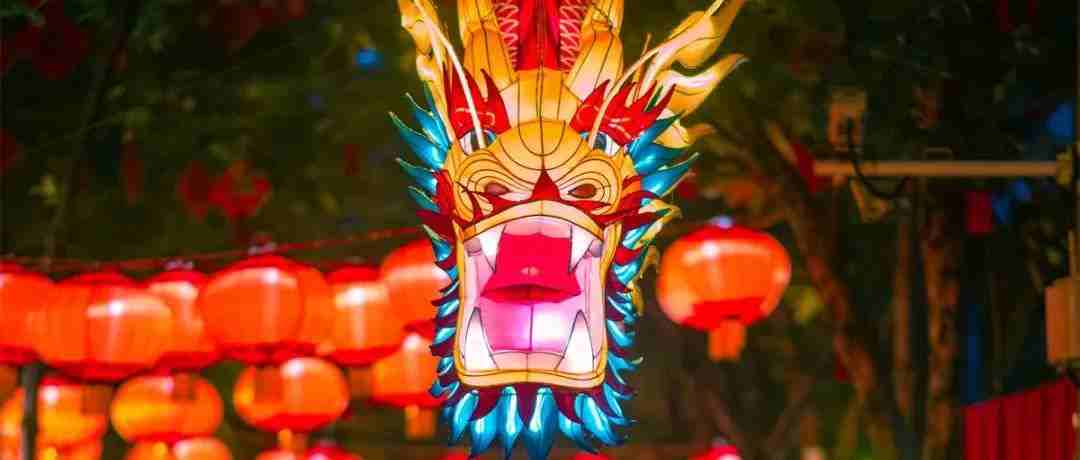南北方的小年为啥差一天?“小年”的英语怎么说?

今天是农历腊月二十三
在我国北方
把这一天视为小年
而南方则把明天腊月二十四
作为小年
为什么南北方的小年
不是一天呢?
据说
中国古人过小年
有“官三、民四、船五”之分
也就是官家腊月二十三过小年
百姓腊月二十四过小年
水上人家、渔家等
则是腊月二十五过小年
之所以这么划分
是因为宋代之前北方多为政治中心
受官方文化影响深
所以人们过小年选在腊月二十三
而南方远离政治中心
小年则为腊月二十四
鄱阳湖沿岸等地保有旧船家习俗
小年选在腊月二十五过
其实
不论小年是哪天
人们辞旧迎新
渴望团圆的愿望都一样
期待迎来喜庆的中国年
厦门日报记者 林铭鸿 摄
“小年”一般可译为Little New Year
也可以用拼音xiaonian表示
后面再进行一定的说明解释
Little New Year (Xiaonian), usually a week before the lunar New Year, falls on Jan 17 this year. It is also known as the Festival of the Kitchen God, the deity who oversees the moral character of each household.
祭灶王、吃灶糖
……
关于小年的习俗
你知道多少呢?
传统“小年”与“祭灶”息息相关
民间传说
每年腊月二十三
灶王爷都要上天向玉皇大帝
禀报这家人的善恶
让玉皇大帝赏罚
因此送灶时
人们往往会在灶王像前
摆放糖瓜
这类食品又甜又粘
取意灶君顾了吃顾不上说
上天后嘴被粘住
免说是非
In one of the most distinctive traditions of the Little New Year is the burning of a paper image of the Kitchen God, dispatching the god's spirit to Heaven to report on the family's conduct over the past year. The Kitchen God is then welcomed back by to the home through the pasting of a new paper image of him beside the stove. From this vantage point, the Kitchen God will oversee and protect the household for another year.
“祭灶”过后
年味也愈发浓郁
每年从腊月二十三日起到除夕止
称作“迎春日”,也叫“扫尘日”
家家户户都要大扫除
Between Laba Festival, on the eighth day of the last lunar month, and Little New Year, on the twenty-third day, families throughout China undertake a thorough house cleaning, sweeping out the old in preparation for the New Year.
大扫除不仅是为了
干干净净地迎接新一年的到来
更是为了
把一切“穷运”“晦气”“霉气”
都统统扫地出门
一番大扫除之后
看着窗明几净的房间
是不是感觉还差点什么?
对喽——窗花
In the Little New Year, old couplets and paper-cuts from the previous Spring Festival are taken down, and new window decorations, New Year's posters, and auspicious decorations are pasted up.
窗花内容有各种动、植物等掌故
如喜鹊登梅、燕穿桃柳
孔雀戏牡丹、狮子滚绣球
三羊(阳)开泰、二龙戏珠等等
花样繁多样子讨喜
当阳光穿透窗花照进屋
浓浓的年味
一下子就扑面而来
小年已至,大年不远
游子们归家的路也更近了
岁岁年年
最美是团圆
愿所有的美好
都如期而至
厦门日报社新媒体中心出品
综合:新华网、中国日报英语点津
编辑:严琦 值班首编:张薇薇
最新评论
推荐文章
作者最新文章
你可能感兴趣的文章
Copyright Disclaimer: The copyright of contents (including texts, images, videos and audios) posted above belong to the User who shared or the third-party website which the User shared from. If you found your copyright have been infringed, please send a DMCA takedown notice to [email protected]. For more detail of the source, please click on the button "Read Original Post" below. For other communications, please send to [email protected].
版权声明:以上内容为用户推荐收藏至CareerEngine平台,其内容(含文字、图片、视频、音频等)及知识版权均属用户或用户转发自的第三方网站,如涉嫌侵权,请通知[email protected]进行信息删除。如需查看信息来源,请点击“查看原文”。如需洽谈其它事宜,请联系[email protected]。
版权声明:以上内容为用户推荐收藏至CareerEngine平台,其内容(含文字、图片、视频、音频等)及知识版权均属用户或用户转发自的第三方网站,如涉嫌侵权,请通知[email protected]进行信息删除。如需查看信息来源,请点击“查看原文”。如需洽谈其它事宜,请联系[email protected]。